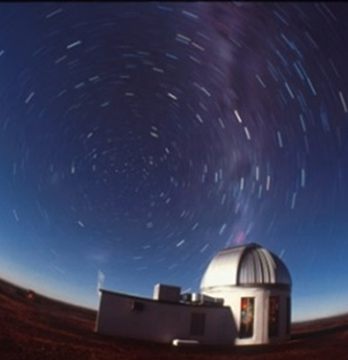Purpose of the Research Project
Stars continuously form in our Milky Way Galaxy. Heavy atomic elements, such as metals, are created inside stars and blown out into the interstellar space of the Galaxy. This process provides atomic elements heavier than hydrogen and helium, such as carbon and oxygen, which is critically important for the existence of living creatures in the universe. In our Milky Way Galaxy, the enrichment of heavy elements starts in the inner Galactic regions and gradually expands toward the outer regions of the Galactic disk. This implies that the environment for generating habitable planets and biological entities are developed inside-out in the Galactic Disk over a timescale of the age of the universe. Understanding the origin and evolution of our solar system requires the comprehension of the environment of the birth place of the solar system about 4.6 billion years ago that is expected to be different from its current location in the Galaxy. This requires our understanding of the evolution of our Galaxy itself, over the timescale comparable to the age of the universe. We will try to understand this by extending the recently developed theory of star formation and describing the formation of star clusters. In addition, we will develop the planet formation theory and try to solve multiple puzzling questions regarding the origin of the solar system. This would be done by the collaboration of all the relevant researchers in Japan and this work is expected to lead a paradigm shift in the investigation of the origin of our solar system. We will also try to find possible siblings of the Sun that would have been born at the same time in the same star cluster, i.e., the expected birth place of the Sun. The results of our project are expected to provide a quantitative picture for the distribution of habitable planets in the Galaxy, and hence, provide a new strategy for future observations of exo-planets.
Content of the Research Project
-
Theory for Star Formation (A01)
PI: S. Inutsuka
We investigate the formation of star clusters and a variety of protoplanetary disks.
We also study the chemical and dynamical evolution of our Milky Way Galaxy.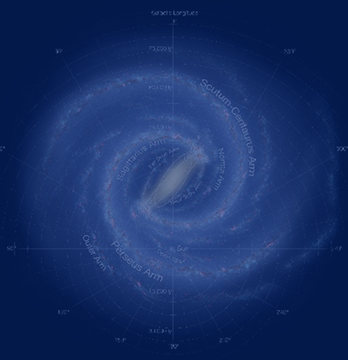
-
Theory for Planet Formation (A02)
PI: E. Kokubo
We investigate the origin of planetary systems in diverse protoplanetary disks under various galactic environment using the state-of-the-art models of planetesimal formation and planet migration.
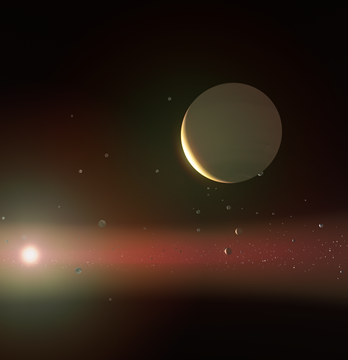
-
Theory for Planetary Atmosphere Formation (A03)
PI: M. Ikoma
The project A03 aims at revealing the origin and abundance of habitable planets in the Galaxy by investigating the formation process of planetary atmospheres that occurs at the final stages of planetary system formation.
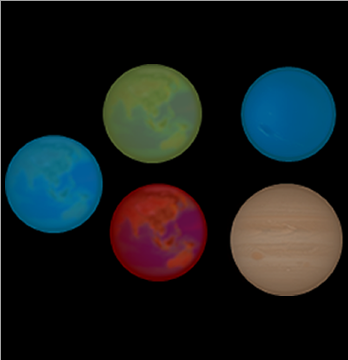
-
Observational Studies on the Formation of Star Clusters (B01)
PI: T. Ohnishi
We explore the physical conditions of interstellar molecular clouds by utilizing a variety of telescopes with different sizes, aiming at determining the initial conditions for the formation of star clusters and planet-forming environment.
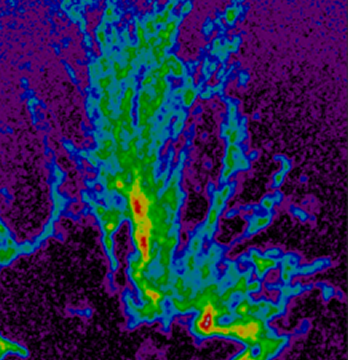
-
Observational Studies on Protoplanetary Disks (B02)
PI: M. Momose
The project B02 will reveal the origin of diverse exoplanets by observing protoplanetary disks. The ultimate goals of the project are "the comprehensive understanding of planet formation" and "the positioning of the solar system in the context of the evolutionary history of the galaxy". To achieve these, we will employ the following three methods in parallel: (1) high-resolution ALMA observations of dust and gas associated with young stars in a wide range of evolution stages, (2) systematic observations of water (vapor and ice) in the disks, (3) multi-wavelength survey of clusters in various enviroments.
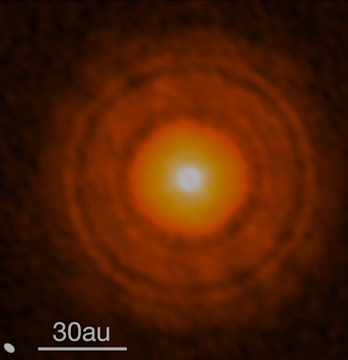
-
Observational Studies on Exo-Planets (B03)
PI: M. Tamura
We will construct a high-precision near-IR radial velocity spectrometer for IR telescopes in South Africa and conduct extensive exoplanet-hunting surveys around very young stars in the southern hemisphere. We will also conduct exoplanet searches around nearby M stars at near-IR wavelengths.
